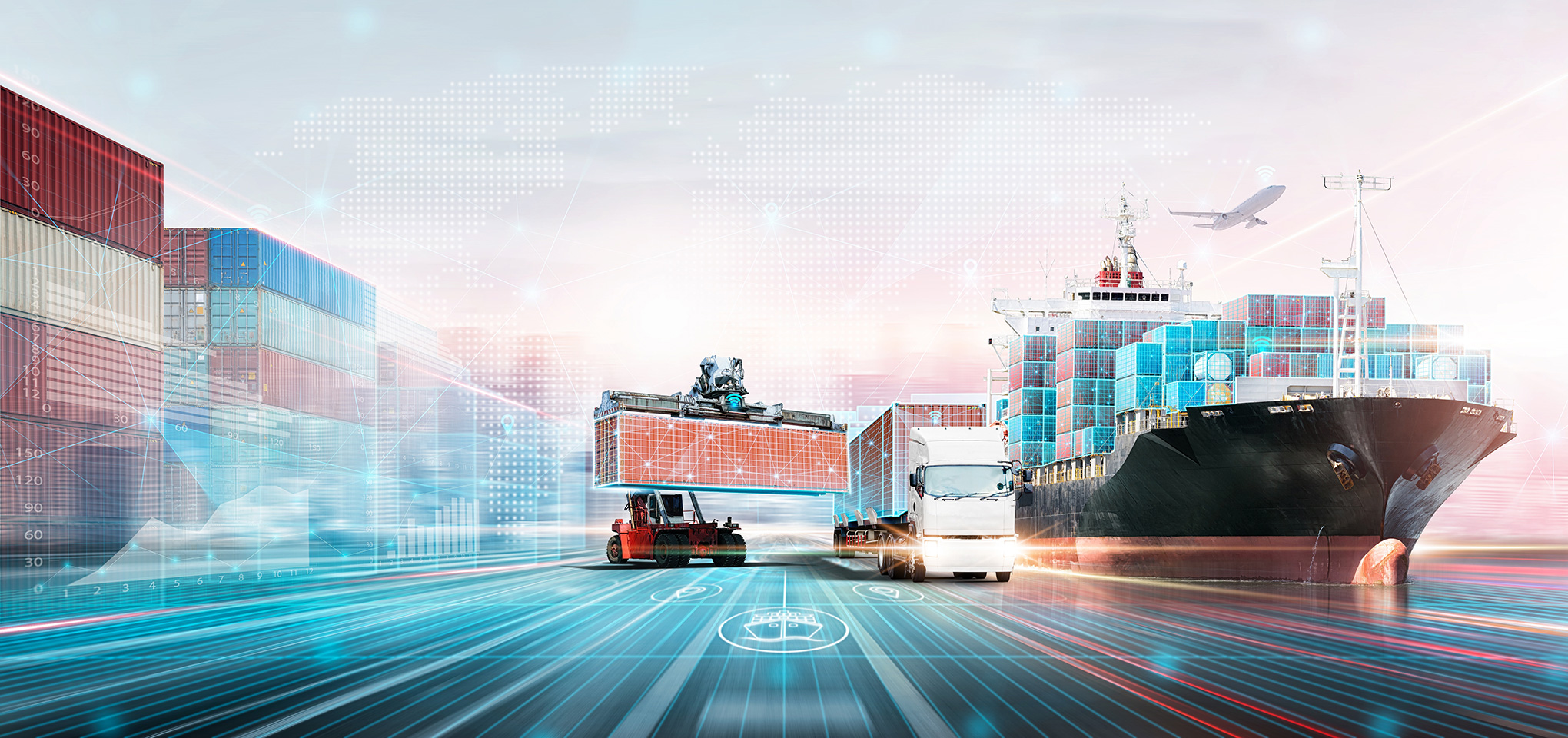
Originally published on Logistics Viewpoints.
The supply chain industry is on a years-long digital transformation journey, and one of the key objectives that industry leaders almost universally aim to achieve is true end-to-end (E2E) visibility across their complex global networks of suppliers, partners and customers.
It’s the right goal. But to get there, it’s imperative that industry leaders understand the significant work that’s still ahead – to be blunt, we have a long way to go – and continue to prioritize end-to-end supply chain visibility as a linchpin to achieving broader digital transformation goals.
A recent survey of global supply chain leaders suggests to me that the industry risks losing momentum. On the positive side, most respondents acknowledged that visibility is one of three critical pillars for more resilient supply chain planning. “Companies can manage their supply chains only when they have a clear picture of each link,” as the report rightly sums it up.
So, what is true E2E supply chain visibility? In layman’s terms, it’s fundamentally about seeing everything, everywhere. It means being able to see where a shipment or an order is while it’s in transit — whether on a truck, a railcar, an ocean liner or a cargo plane — anywhere in the world. This is the portion of E2E that is most commonly referred to as “real-time transportation visibility”.
But E2E is much bigger, and this is what industry leaders cannot afford to be confused about. Trane’s Tom France, Vice President, Global Distribution, Logistics and Transportation, recently stressed the need for E2E insight: “Extend visibility as much as you can throughout your supply chain. Go as far back as the order, and all the way through to delivery. When you do that, you get a very good digital view of your footprint, and you can manage the flexibility that you need. If you’re a typical shipper, 30-50% of your lanes change every year, and your demand goes up and down which impacts capacity, so it’s a constant battle. You need visibility because you live within such a variable network.”
E2E also means being able to see things when they are not in transit, such as raw materials upstream, inventory in a warehouse or yard, products in retail outlets, or shipments stuck in customs. Interestingly, even while many of McKinsey’s survey respondents said they had “visibility in place”, nearly half also said they had zero visibility into their upstream supply chain and couldn’t see past first-tier suppliers.
Which brings us back to the work that is still ahead. According to McKinsey, an auto manufacturer, on average, has around 250 tier-one suppliers – and 18,000 across the full value chain. Aerospace manufacturers have an average of 200 tier-one suppliers and 12,000 across all tiers. Technology companies have an average of 125 suppliers in their tier-one group and more than 7,000 across all tiers. Being able to see “everything, everywhere” is going to require highly automated, interconnected and collaborative global supply chains. And so we have to keep pushing on several fronts:
Filling the various “data gaps” around the world. Tech companies and their partners must continue to lead when it comes to “connecting up” parts of the supply chain that are still blind spots and/or bottlenecks. Starting with real-time transportation visibility data, not all markets are alike. Data on ocean shipments, for example, is generally available across the globe, due primarily to greater standardization in ocean shipping. But over-the-road transportation is much more difficult and fragmented. In North America, we’ve made huge progress tracking over-the-road shipments, in part due to driver mandates and the widespread deployment of electronic logging devices (ELDs) in trucks. Contrast that with Southeast Asia, where we have to fill the gap with cell phone triangulation. Or countries where we need to deploy smart tags on pallets of goods to ensure connectivity. The point is, the need is now, and we have to deploy the appropriate technology to ensure connectivity and quality data.
Ensuring that systems can meet the goals of local and HQ teams equally well. Global supply chains are mind-bogglingly complex. Our systems have to be able to deal with that complexity in such a way that every user, whether they are managing a production facility in Asia, or optimizing inventory out of headquarters, gets value. That means localizing user interfaces to reflect local languages, customs and business practices. It means retraining AI and ML algorithms based on local data sets and having a platform that can be configured to meet the specific needs of users around the world.
Tracking supply chains across borders also requires careful attention paid to data privacy, encryption controls and other international data requirements. With rules and regulation varying by region, every participant in a supply chain network must align on data standards and be diligent in their security checks.
Forming deep, collaborative partnerships. No one company can tackle the myriad nuances and particularities of supply chains that span so many countries, languages, cultures, regulations and business practices without help – be it with technology or partnerships.
There is a great deal of work ahead as we build and deploy the highly connected, intelligent and automated supply chains of the not-too-distant future. But with a common sense of purpose and meaningful partnerships across the world, we can bring true visibility to everything, everywhere.